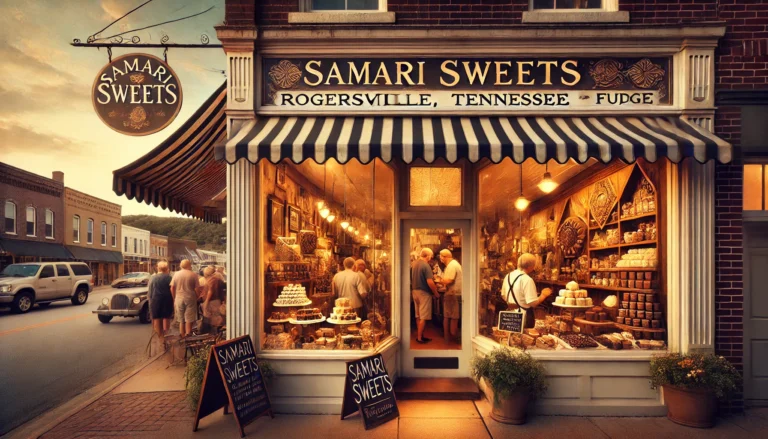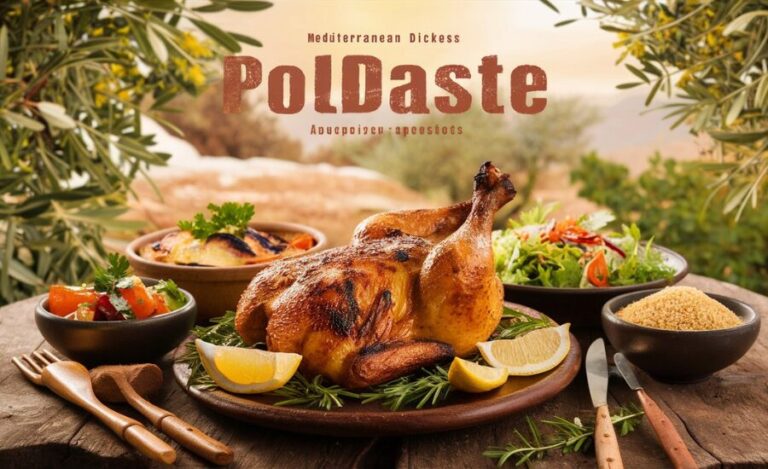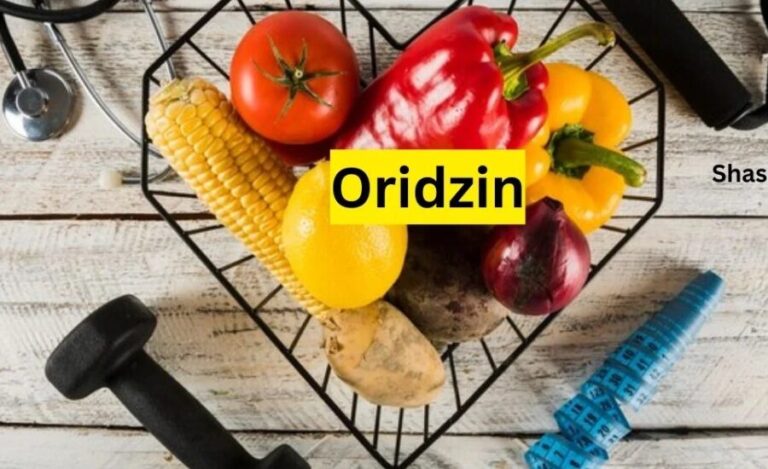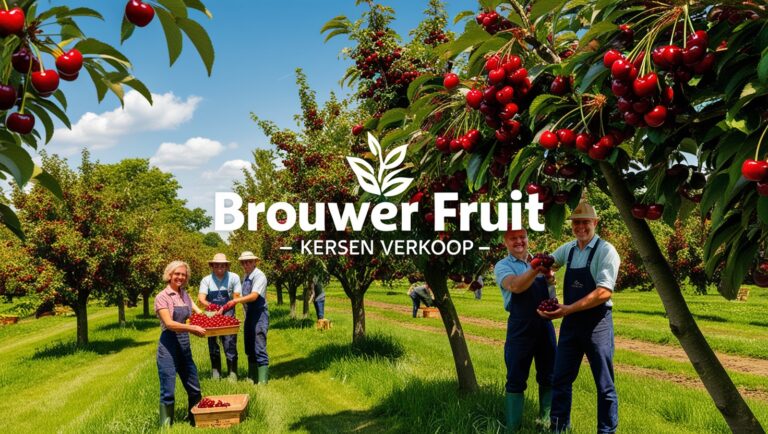Becomes Bubbly As Aeer, Health, Answer Breakdown & More
Introduction to Becomes Bubbly As Aeer

Crossword puzzles have for some time been one of the most famous ways of participating in mental feeling. The excellence of these riddles lies in their capacity to challenge our minds in remarkable ways while giving a feeling of achievement when we decipher the code. The crossword sign, “Becomes effervescent, as brew,” as of late highlighted in the New York Times Smaller than usual Crossword, has provoked the curiosity of many riddle devotees. This article dives into the solution to this particular hint and investigates its importance comparable to crossword culture, word games, and mental capability.
Becomes Bubbly, As Beer Crossword Clue Answer
The solution to the sign “Becomes effervescent, as lager” from the New York Times Small Crossword on June 28, 2024, is “Froths”.
This term, when related with brew, depicts the interaction when carbonated fluid structures air pockets or foam on a superficial level. It’s an exemplary visual indication of a newly poured lager, as froth or head structures because of the arrival of carbon dioxide from the brew when it comes into contact with a glass or air. In any case, past the self-evident, the sign gives a chance to plunge further into the associations between language, setting, and how our cerebrums cycle hints in crossword puzzles.
Why Crossword Puzzles Are Good for Mental Health
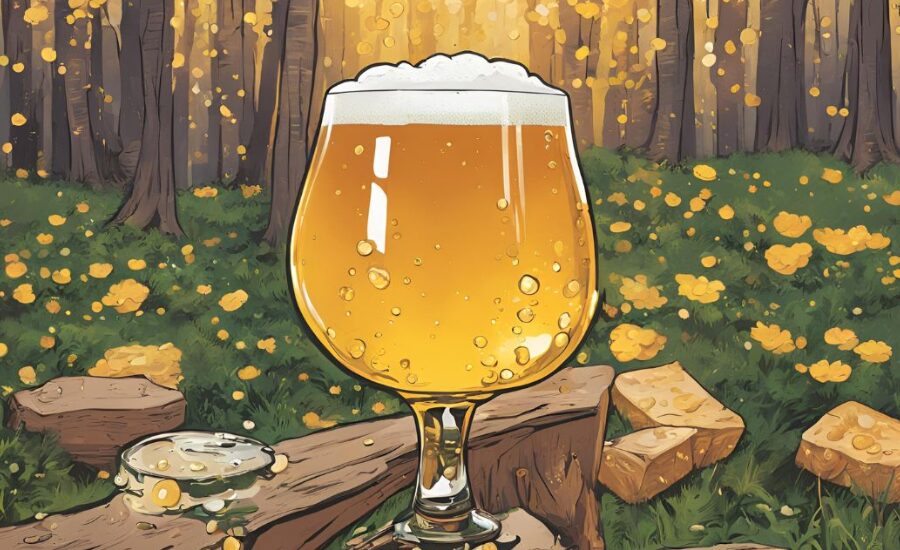
Crossword puzzles like the ones given by the New York Times are something beyond a wellspring of diversion. Various examinations have shown that consistently captivating in word riddles can prompt a more keen psyche, further developed memory, and diminished hazard of mental degradation. At the point when you plunk down to handle a crossword, you’re giving your cerebrum a psychological exercise. The demonstration of reviewing words, perceiving designs, and associating hints to arrangements powers your psyche to remain ready and dynamic.
By settling crosswords, you train your mind to think in new and versatile ways. Each piece of information requires critical thinking abilities and horizontal reasoning, characteristics that watch out for your mental capability as you age. Crosswords likewise acquaint you with new words and expressions, enhancing your jargon, similar as how brew enthusiasts could get familiar with a better approach to depict how lager becomes effervescent – frothing.
Clue & Answer Breakdown
Bubbly (Noun)
With regards to refreshments, “effervescent” frequently alludes to shimmering wines, especially those from the Champagne area of France. These wines are known for their bubbly air pockets that give them their trademark bubble. The association among effervescent and brew is in the carbonation cycle. Whether it’s shining wine or an ale, bubbles are many times an indication of maturation, perhaps of the most established strategy in blending and winemaking.
Bubbly (Adjective)
As a modifier, “effervescent” can depict refreshments as well as individuals’ characters. Somebody who is portrayed as effervescent is frequently viewed as vigorous, merry, and brimming with life. This phonetic hybrid is important for what makes crossword confuses so captivating – single word can have numerous implications, and it depends on the solver to sort out which significance fits the setting of the riddle. On account of “Becomes effervescent, as brew,” the exacting feeling of carbonation prompts “froths.”
Beer (Noun)
Brew, one of the most established cocktails known to mankind, has a rich history and wide social importance. From antiquated Egypt to present day microbreweries, lager has advanced yet held its essential parts: water, grain, jumps, and yeast. At the point when yeast ages sugars in the grain, it produces liquor and carbon dioxide, which brings about lager’s particular bubble and froth.
The Appeal of the NYT Mini Crossword
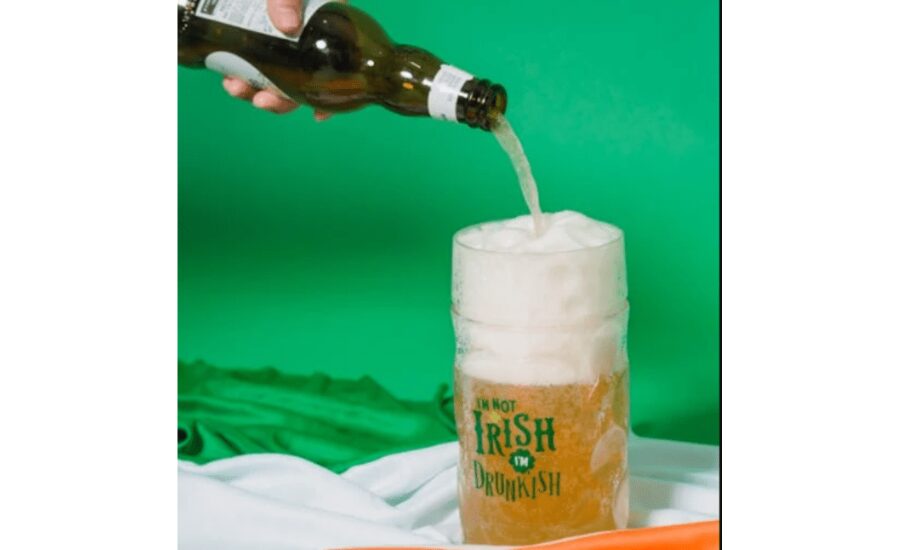
The New York Times Little Crossword is a day to day word game that is more limited and less tedious than the regular crossword yet offers the same amount of mental feeling. The magnificence of the scaled down crossword lies in its curtness – it’s fast, direct, and gives a little mind exercise without requiring a lot of time. Solvers can squeeze a small riddle into their day to day daily practice, making it a simple method for testing the mind consistently.
For instance, the riddle containing the “Becomes effervescent, as brew” piece of information is important for the June 28, 2024, smaller than normal crossword. These riddles are open by means of the New York Times Crossword application or web based, making them simple to get to regardless of where you are. In view of their notoriety, puzzles from earlier days stay accessible for players to return to.
How Does Beer Become Bubbly?
For brew darlings, watching lager froth up in the glass is one of the many little delights of drinking this notable refreshment. However, logically talking, for what reason does brew froth? Lager becomes effervescent when carbon dioxide (CO2) escapes from the fluid. Brewers add yeast to age sugars, transforming them into liquor and carbon dioxide. During aging, a large part of the CO2 disintegrates into the lager. Be that as it may, when the brew is presented to air, for example, when it’s filled a glass, the CO2 is delivered, shaping air pockets.
The Role of Foam in Beer
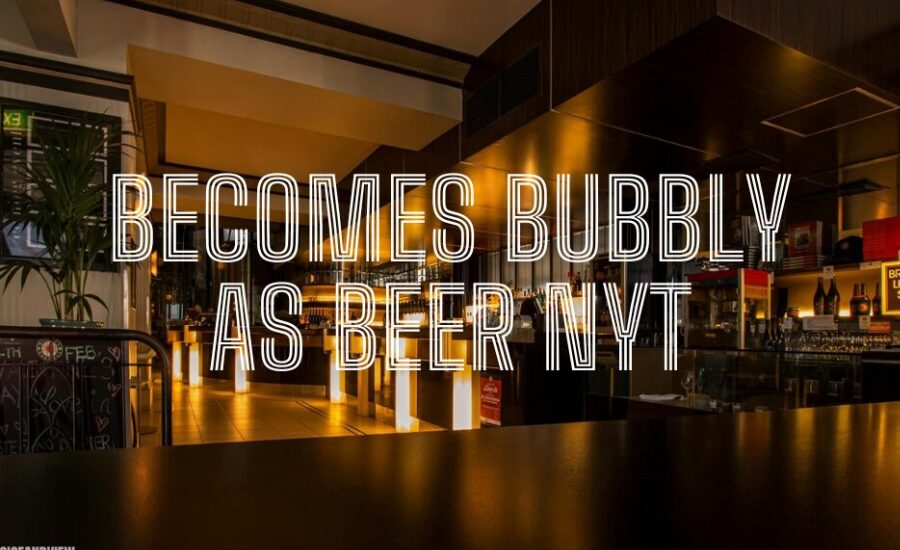
The froth, or head, on a brew isn’t simply a visual tasteful. It assumes a significant part in conveying fragrance mixtures to the consumer’s nose, improving the general tasting experience. Brew styles fluctuate in their mind maintenance – while certain lagers, similar to stouts, produce thick and smooth heads, lighter ales might have more modest, quicker scattering bubbles. Brewers frequently plan to control froth security through different techniques, as predictable head maintenance is much of the time seen as a sign of a very much created lager.
Related Clues and Answers in the Same Puzzle
For the people who were baffled by the “Becomes effervescent, as brew” sign, different hints in the June 28, 2024, New York Times Smaller than expected Crossword include:
- 1A: “Largemouth” lake creature – The response is “BASS,” a typical fish tracked down in lakes and streams, frequently pursued by fishers.
- 5A: Stirring doubt – The response is “ODD,” portraying something that appears to be not exactly right or curious.
- 6A: “Resident Kane” chief Welles – The response is “ORSON,” alluding to the unbelievable movie producer Orson Welles.
- 7A: Point after deuce, in tennis – The response is “ADIN,” another way to say “advantage in,” utilized when the server wins the point after deuce.
- 8A: Blissful giggling – The response is “Joy,” which depicts a mindset of satisfaction or happiness.
- 9A: Gradually sinks, as the sun – The response is “SETS,” alluding to the development of the sun underneath the skyline.
Every one of these hints has its own exceptional methodology, testing various subject matters and phonetic comprehension. Similar as the “Becomes effervescent, as lager” piece of information, every one offers a method for practicing the mind and improve mental capability.
Why Solving Crossword Puzzles Is a Great Habit

Crossword puzzles are not only for diversion – they’re a significant apparatus for emotional well-being. Routinely chipping away at crossword puzzles has been displayed to:
- Further develop jargon: Crosswords expect players to know a large number of words, and over the long run, they present new terms and implications.
- Improve critical thinking abilities: Each puzzle is another issue to settle, leveling up the brain’s skill to interface pieces of information and concocted arrangements.
- Lessen pressure: Taking part in word games can be a thoughtful movement, offering unwinding while as yet keeping the mind locked in.
- Reinforce memory: Solvers should review definitions, equivalent words, and general information, which improves both present moment and long haul memory.
The delight of breaking a troublesome crossword hint is both fulfilling and fulfilling. Whether you settle confuses day to day or every so often, the psychological exercise you get from them is an advantage that stretches out past the game.
The Answer to the Crossword Clue: FOAMS
For the people who wound up stuck on this sign, the right response is “Froths”. This word impeccably catches what happens when brew or any carbonated beverage rises. The bubble and foam on top of a newly poured lager are alluded to as froth, and this peculiarity is a magnificent consequence of carbonation, or the mixture of CO₂ into the fluid.
Frothing is a characteristic response in lager, and understanding this can assist with giving setting concerning why this word fits the crossword hint so well.
Why “Foams”?
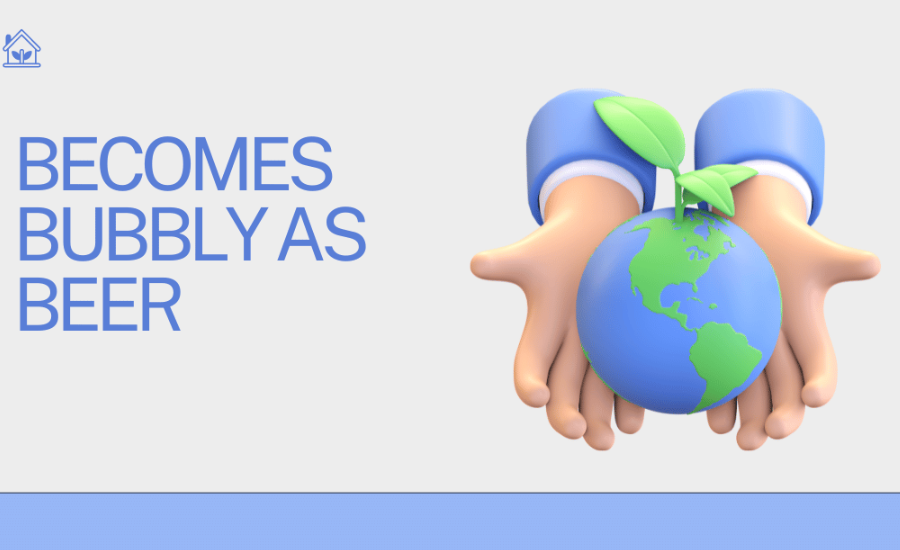
While “froths” may appear to be a simple response for a carefully prepared crossword solver, it fits so well because of its effortlessness and exactness. Here’s the reason:
- Lager and carbonation: Brew normally becomes effervescent when it’s presented to air or when it’s poured. This gurgling impact is brought about by the arrival of carbon dioxide gas, which gets caught in the fluid during the fermenting system. When the brew is poured, the gas avoids, making air pockets or froth on top of the beverage. The action word “froths” briefly portrays this activity.
- Crossword effortlessness: Crossword signs, particularly those in the New York Times Small Crossword, are known for being succinct. “Becomes effervescent, as lager” is a clear portrayal of frothing. The hint utilizes barely sufficient detail to prompt “froths,” without overcomplicating the arrangement.
- Relevant exactness: “froths” is both strict and non-literal. It can allude to any refreshment that air pockets up, brew, yet lager is the most notable picture when we ponder a beverage “frothing.”
Beer and Its Bubbly Nature
Brew has for quite some time been related with its frothy head, which is made via carbon dioxide bubbles that ascent to the surface when lager is filled a glass. In any case, the frothy top is something beyond a stylish component — it serves a few significant jobs:
- Aromatics: The froth helps discharge the brew’s fragrant mixtures, permitting consumers to smell the jumps, malt, and different fixings that add to the lager’s flavor profile. A decent head of froth guarantees that the fragrances arrive at your nose before the fluid even hits your lips.
- Carbonation: The rising of the brew gives an invigorating surface that upgrades the drinking experience. Without carbonation, lager would be level and dull, and the shortfall of froth could propose the brew has gone old or is inappropriately fermented.
- Taste: Froth likewise influences the flavor of the brew. The air pockets assist with making a rich surface that adds to the by and large mouthfeel of the refreshment. Froth keeps the lager from oxidizing excessively fast, in this way safeguarding its flavor.
Now that we’ve talked about why lager froths, now is the ideal time to dive into the historical backdrop of crossword riddles and how settling them can give mental advantages.
The History of Crossword Puzzles
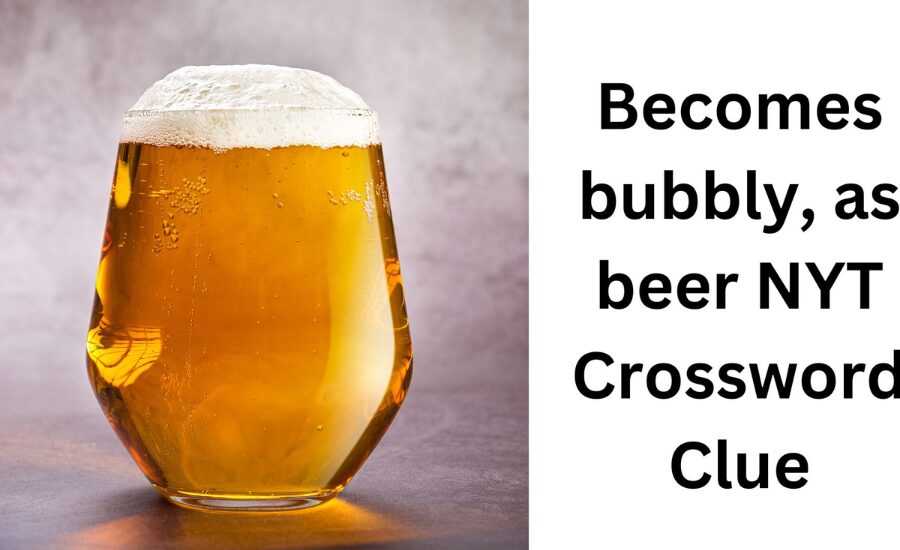
The crossword puzzle has been a darling distraction since December 21, 1913, when the first was distributed by Arthur Wynne in the New York World paper. From that point forward, crosswords have developed into one of the most famous word puzzles around the world, showing up in different configurations, from the exemplary New York Times Crossword to the NYT Scaled down Crossword, where the present sign about effervescent brew showed up.
Crossword puzzles keep on developing, offering riddles of different hardships, topics, and styles. They’ve turned into a day to day everyday practice for a great many individuals, from relaxed solvers to perplex fans. The Scaled down Crossword, which is a more modest and quicker puzzle, has turned into a fan number one for those looking for a speedy mental test without the intricacy of a regular lattice.
The Mental Benefits of Crossword Puzzles
Crossword puzzles are something beyond diversion. They are a phenomenal method for keeping your psyche sharp and connected with, especially as you age. Various examinations have shown that customary commitment to mental exercises like crosswords can assist with working on mental capability and fight off memory decline.
- Further developed Jargon: Crossword puzzles force solvers to review and utilize words they probably won’t use in ordinary discussion. This reinforces jargon and moves the cerebrum to think inventively and deftly.
- Upgraded Memory: While settling a crossword puzzle, you draw on put away information from different subjects. This demonstration of recollecting helps memory review, a mental cycle that advantages from normal excitement.
- Critical thinking Abilities: Crosswords require both rationale and imagination. Solvers should utilize hints and word examples to fill in the spaces, leveling up their critical thinking skills.
- Mental Spryness: Settling crosswords can work on mental dexterity, helping people think all the more rapidly and adjust to new difficulties. The range of hints in puzzles — from word definitions to social references — guarantees that the mind stays flexible.
- Stress Help: Crossword riddles can give a feeling of unwinding and center, lessening pressure. They request scrupulousness and permit solvers to escape from different concerns, taking part in a pleasant and intellectually animating action quickly.
Related Crossword Clues
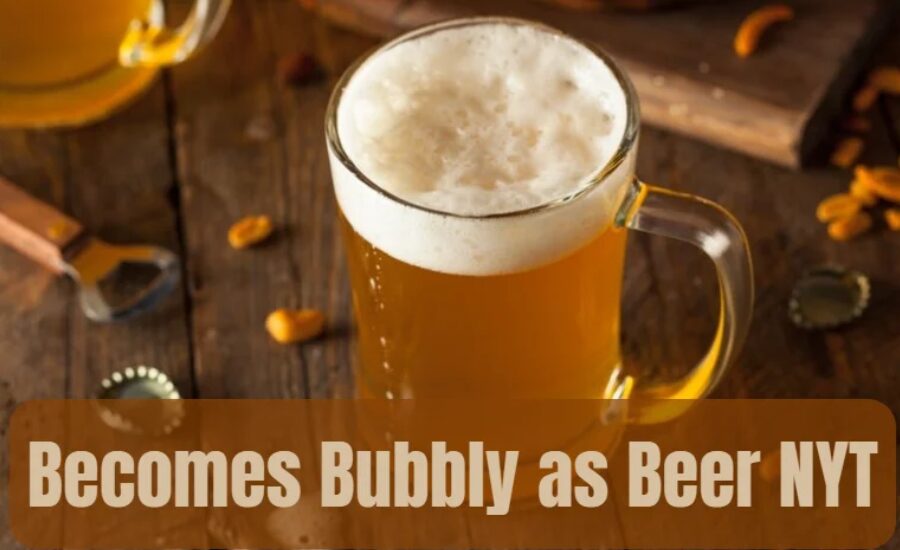
With regards to the NYT Smaller than expected Crossword from June 28, 2024, a few related hints showed up, which were associated specifically or by word affiliation. These hints, similar to the effervescent lager sign, share effortlessness and are normal in crossword puzzles.
- Cheerful giggling: This hint could prompt responses like “joy” or “thunders”, reflecting chuckling that works out easily and vigorously.
- Stimulating doubt: Answers, for example, “tricky” or “obscure” fit well here, portraying a person or thing that appears to be questionable or sketchy.
- “Resident Kane” chief Welles: This sign focuses to the renowned chief Orson Welles, a normal component in crossword puzzles because of his unbelievable status in film history.
- Largemouth lake creature: A probable response here would be “bass”, which is both a typical fish in lakes and a much of the time involved word in crosswords in view of its short length and generally expected letters.
Every one of these pieces of information is important for a bigger riddle that, when settled, brings a fantastic feeling of achievement.
Facts:
- Crossword Puzzles and Cognitive Benefits: Regularly solving crossword puzzles can help improve cognitive function, memory recall, and problem-solving skills.
- Beer Froth: The foam on beer enhances its aroma, texture, and overall drinking experience. It also helps release the beer’s aromatic compounds.
- Carbonation Process: The carbonation in beer is caused by CO₂ gas released during the fermentation process, which gets trapped in the liquid and forms bubbles when exposed to air.
- Crossword Solving Skills: Crossword clues often rely on multiple meanings of words (e.g., “effervescent” can describe both beverages and personalities).
Summary:
The article discusses the answer to the New York Times Mini Crossword clue “Becomes effervescent, as beer,” which is “Froths.” It delves into the meaning of frothing in beer, explaining how carbonation causes bubbles and foam when the beverage is poured. The article also highlights the cognitive benefits of solving crossword puzzles, such as improving memory, enhancing vocabulary, and reducing stress. Additionally, it explores the cultural significance of crossword puzzles and the appeal of the NYT Mini Crossword as a quick, mentally stimulating activity. Lastly, it provides insights into how beer froth plays a role in enhancing the overall drinking experience.
FAQs:
- What is the crossword clue for “Becomes effervescent, as beer”?
- The clue is “Becomes effervescent, as beer,” and the correct answer is “Froths.”
- What does “froths” mean in the context of beer?
- “Froths” refers to the bubbles or foam that form on the surface of beer due to carbonation when poured.
- Why does beer foam or froth?
- Beer froths because of the release of carbon dioxide (CO₂) when the beer is poured into a glass, forming bubbles that rise to the surface.
- Are crossword puzzles beneficial for mental health?
- Yes, crossword puzzles can improve memory, problem-solving skills, and vocabulary, and can help reduce stress.
- What is the NYT Mini Crossword?
- The NYT Mini Crossword is a smaller, quicker version of the standard New York Times Crossword puzzle, designed to provide a brief but engaging mental challenge.
Read More Information About food At latestrular


